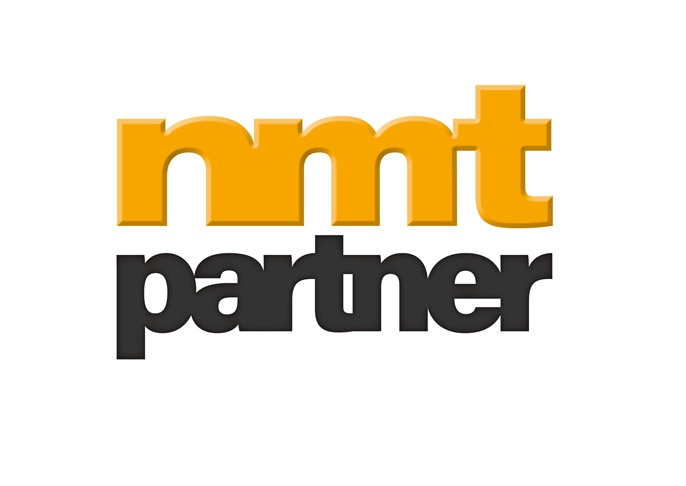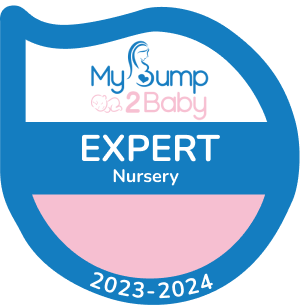Introduction to Inventory Cost Flow Assumptions Financial Accounting
The FIFO method assumes that the first inventory items purchased are the first ones to be sold. This cost flow assumption is widely used in industries where products have a short shelf life or when inventory turnover is high. One of the advantages of using the FIFO method is that it closely matches the actual flow of goods.
Advantages and Disadvantages of Average Cost Flow Assumption
Notice in Figure 6.7 that the number of units sold plus the units in ending inventory equals the total units that were available for sale. This will always be true regardless of which inventory cost flow method is used. Economic factors, such as inflation or deflation, can influence inventory costs and financial statements. During inflation, older, lower-cost inventory might not reflect current market conditions if improperly valued. Businesses must align their valuation methods with operational realities and broader economic trends.
What Are Cost Flow Assumptions in Accounting?
To understand how these assumptions work in practice, consider a company with the following inventory purchase record for a period where it sells 30 units. The company starts with 10 units at $5 each, then purchases 20 units at $6 each and 15 units at $7 each. The goal is to determine the Cost of Goods Sold (COGS) and the value of the 15 units in ending inventory. As can be seen, income is misstated in both 2022 and 2023 because cost of goods sold in both years is affected by the adjustment to ending inventory needed at the end of 2020 and 2021. The opposite effects occur when inventory is understated at the end of an accounting period. Regulatory frameworks establish consistency and transparency in inventory accounting practices.
Accounting Policies
- The choice of a cost flow assumption directly impacts a company’s reported profits and tax obligations, especially in an environment of changing prices.
- However, for businesses operating in industries with fluctuating costs or those seeking tax advantages, LIFO may be more appropriate.
- Estimating ending inventory requires an understanding of the relationship of ending inventory with cost of goods sold.
- Additionally, a company must restate its prior financial statements to reflect the new method, which can be a complex and time-consuming process.
- LIFO is now not allowed in Canada under IFRS or ASPE, but it is still used in the United States.
- Using these assumptions right helps follow accounting standards and gives stakeholders reliable info.
This, in turn, impacts the accuracy of financial statements and key performance indicators. The weighted average method calculates the average cost of all units in inventory and assigns this average cost to both COGS and ending inventory. It is determined by dividing the total cost of inventory available for sale by the total an assumption about cost flow is used number of units. This method is relatively simple to use and is often employed in industries where it is difficult to track individual costs, such as in the manufacturing sector. For instance, a clothing retailer may use the weighted average method to determine the cost of each garment sold.
- As we will see in the next sections, the cost of sales may also vary depending on when sales occur.
- To apply the retail inventory method using the mark-up percentage, the cost of goods available for sale is first converted to its retail value (the selling price).
- For example, a company must disclose the change in its financial statements and explain the reason for the change.
- Although this method resulted in the most precise matching on the income statement, tax authorities criticized it as way to reduce taxes during periods of inflation.
They help businesses figure out the value of their inventory and the cost of goods sold (COGS). Our original example using units assumed there was no opening inventory at June 1, 2023 and that purchases were made as follows. The gross profit method of estimating inventory is useful in situations when goods have been stolen or destroyed by fire or when it is not cost-effective to make a physical inventory count. To apply specific identification, we need information about which units were sold on each date. This method is for unique or identifiable items, like expensive equipment or custom products.
Example of Average Cost Flow Assumption
Further, different inventory cost flow assumptions produce different cost of goods sold and ending inventory values, just as they did under the perpetual inventory system. Under the periodic inventory system, cost of goods sold and ending inventory values are determined as if the sales for the period all take place at the end of the period. These calculations were demonstrated in our earliest example in this chapter. While LIFO may offer certain tax advantages and better match revenues with costs in times of inflation, it can also distort inventory valuation and create inventory management challenges. Ultimately, businesses must carefully evaluate their specific circumstances to determine the most suitable cost flow assumption for their operations.
Next, determine the total number of units available for sale by combining beginning stock with purchased units. Divide the total cost of goods available for sale by the total units available to calculate the weighted-average cost per unit. This cost is then applied uniformly to units sold and those remaining in inventory. The weighted-average method is a widely used inventory valuation approach that simplifies the assignment of costs to inventory and COGS. This method determines an average cost per unit by dividing the total cost of goods available for sale by the total units available.
Importance of Understanding Cost Flow Assumption
By assigning the cost of goods sold based on the oldest inventory, businesses can reduce their taxable income, as the cost of goods sold will be lower compared to using other cost flow assumptions. This can lead to lower tax liabilities, providing a financial benefit to businesses. When it comes to managing inventory and calculating the cost of goods sold (COGS), businesses have several methods of cost flow assumption to choose from. These methods determine how the cost of inventory is allocated and matched with revenue, providing insights into profitability and financial reporting. Each method has its own advantages and considerations, and understanding these options is crucial for making informed decisions. In this section, we will explore the different methods of cost flow assumption, examining their implications and discussing the best option for businesses.
By choosing wisely, businesses can ensure accurate financial reporting and gain valuable insights into their profitability. Inventory cost flow assumptions are a critical aspect of accounting and financial management. Whether you are a small business owner or a large corporation, understanding inventory cost flow assumptions is essential for making informed decisions about your business. When making an inventory cost flow assumption, what factors do managers need to consider? Generally, the cost flow assumption should attempt to reflect the actual physical flow of goods as much as possible. For example, a grocery retailer selling perishable merchandise may want to use FIFO, as it is common practice to place the oldest items at the front of the rack to encourage their sale first.
Alternatively, consider a hardware store that sells bulk nails that are scooped from a bin. There is no way to identify the individual items specifically, and it is likely that over time, customers scooping out nails would mix together items stocked at different times. Weighted average costing would make the most sense in this case, as this would likely represent the real movement of the product. For a company selling heavy equipment, specific identification would likely make the most sense, as each item would be unique with its own serial number, and these items can be easily tracked.













